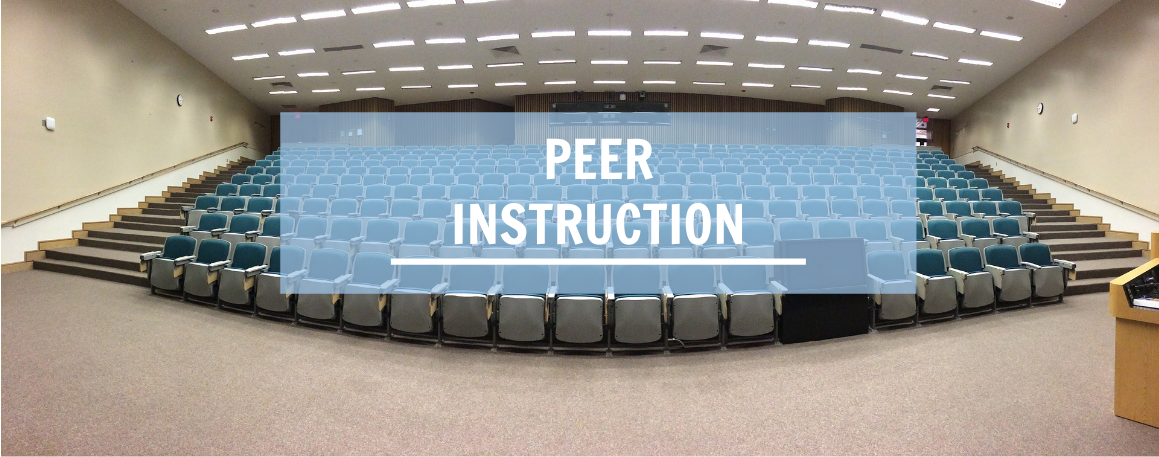The traditional classroom lecture has come under fire lately with calls for student-centered learning, personalization, collaboration, and increased student agency. All these things are great and I wholeheartedly support efforts by teachers to transform their teaching from the traditional to one where teachers act as facilitators for learning. That being said, there are times when the traditional lecture is still the best and most efficient way to share core concepts with an entire classroom of students. As a former math teacher and department chair, I had lots of opportunities to observe teachers in a lecture-based classroom environment and some were quite effective in their method of delivery.
When I think about what made the teachers I observed effective lecturers, several characteristics stand out. Their lectures are highly interactive, engaging students in a dialogue and drawing upon their prior knowledge to make connections. They constantly check for understanding, uncovering common misconceptions and dealing with them before they have a chance to sink in. They are precise and clear with explanations, making sure that there is very little ambiguity. They put a considerable amount of effort into the design of their lessons, they articulate clear objectives, examples and ideas are carefully planned to meet these objectives, and there’s time at the end of the lesson to summarize the material and frame it in the big picture.
Even when teachers do all the things described in the preceding paragraph, they still run the risk of having some students walk away with unanswered questions or misconceptions about the material presented. This is where a technique called peer instruction can add a critical layer to the traditional lecture. Pioneered by Dr. Eric Mazur, Balkanski Professor of Physics and Applied Physics and Dean of Applied Physics at Harvard University, peer instruction uses a tool called the ConcepTest to engage students in peer dialogue to target student difficulties. In very simplified terms a teacher using peer instruction will either lecture or assign material as part of a pre-reading assignment. The teacher then poses one or more carefully designed questions, typically with a goal of addressing some type of common misconception. Students are asked to commit to an answer, often collected using a clicker system or technology-based assessment tool. The teacher reviews the responses and organizes the students in pairs or small groups, deliberately making sure that students in each group have different answers. The students explain their thinking with their peers for a few moments and then commit an answer to the same question again. This second round of questioning usually yields a much higher percentage of correct answers.
The success of peer instruction is driven by a couple key points. The student with the correct answer is more likely to persuade the student with the incorrect answer “simply by the force of logic”. She also has recently learned the material and therefore has a clear sense of the difficulties associated with the concept, more so than the teacher. This cognitive empathy helps the struggling student unlock the areas of confusion.
In this 14-minute video, Dr. Mazur does a great job explaining how he developed this method after coming to the realization that his perceived success delivering lectures were just that, perceived success. He brings in the notion of peer instruction at the 7:30 mark but it’s helpful to watch the entire video to better understand how this method evolved.
Every so often an idea comes around that simply makes sense to me. Peer instruction is one such idea and I like the fact that it breathes new life into the much maligned traditional lecture. My only regret is that I’m no longer teaching mathematics – I would love to try it out for myself.
Steve Ouellette

